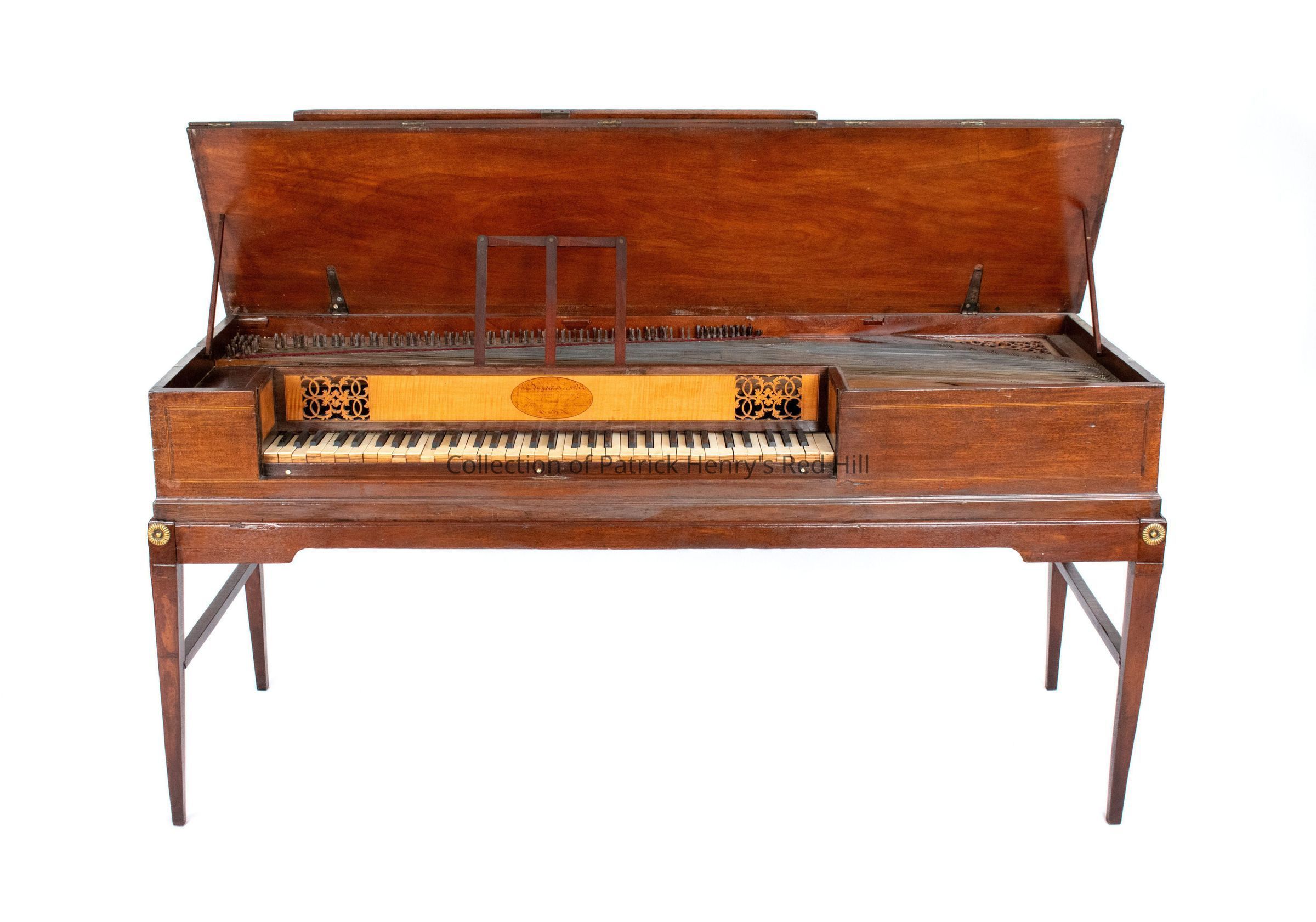Notes
This square pianoforte was made by Broadwood & Son in London in 1803. John Broadwood was a well-known maker of keyboard instruments in the eighteenth century. He worked with Burket Shudi in the 1760s, making harpsichords. Well-known composers like Mozart and Haydn played on instruments produced by this firm. After Shudi died in 1773, Broadwood took over the firm and began transitioning from harpsichords to pianofortes. Broadwood was an innovative producer of the pianoforte in the late eighteenth century. By 1793, Broadwood's "English action" square pianofortes were so popular that he ceased production of harpsichords altogether.
Broadwood & Son was founded in 1794 when his oldest son, James Shudi Broadwood, joined the firm. The firm grew and began sending its London-made pianofortes all over Europe and America. In 1808, when Thomas Broadwood joined the firm, the firm became John Broadwood & Sons.
This pianoforte was made in London between 1794 and 1808 during the "Broadwood & Son" years of the firm. The serial number "7289" given by the Broadwood & Son company dates the piano to 1803. The provenance after its production by Broadwood & Son is unknown. At some point, it passed to the hands of Robert C. Dick of Petersburg, Virginia. After the death of Mr. Dick, the pianoforte was sold to the Patrick Henry Memorial Foundation through the Harlowe-Powell Auction Gallery in September 2009.
Patrick Henry's family was fond of music. Henry purchased a pianoforte for his daughters and wife to play. The inventory of his estate lists one "fortepeano" worth 45 pounds–easily the most expensive household furnishing he owned. Since these types of pianofortes became common in the late 1780s and 1790s, Henry probably acquired them late in life, as the daughters from his second marriage came of age. The fate of this original Henry piece is unknown. Henry's original piano would most likely have been imported from England and comparable to this Broadwood & Son piece.
